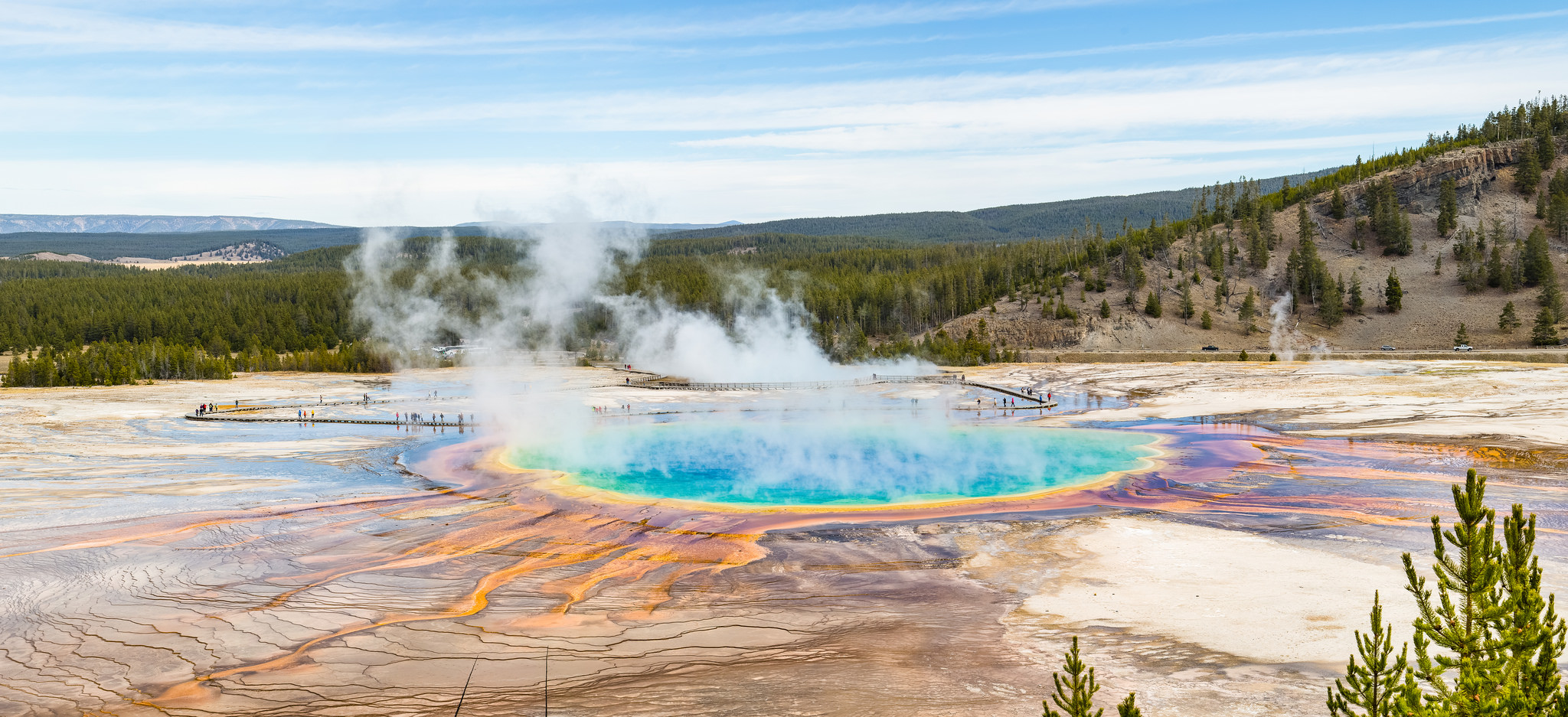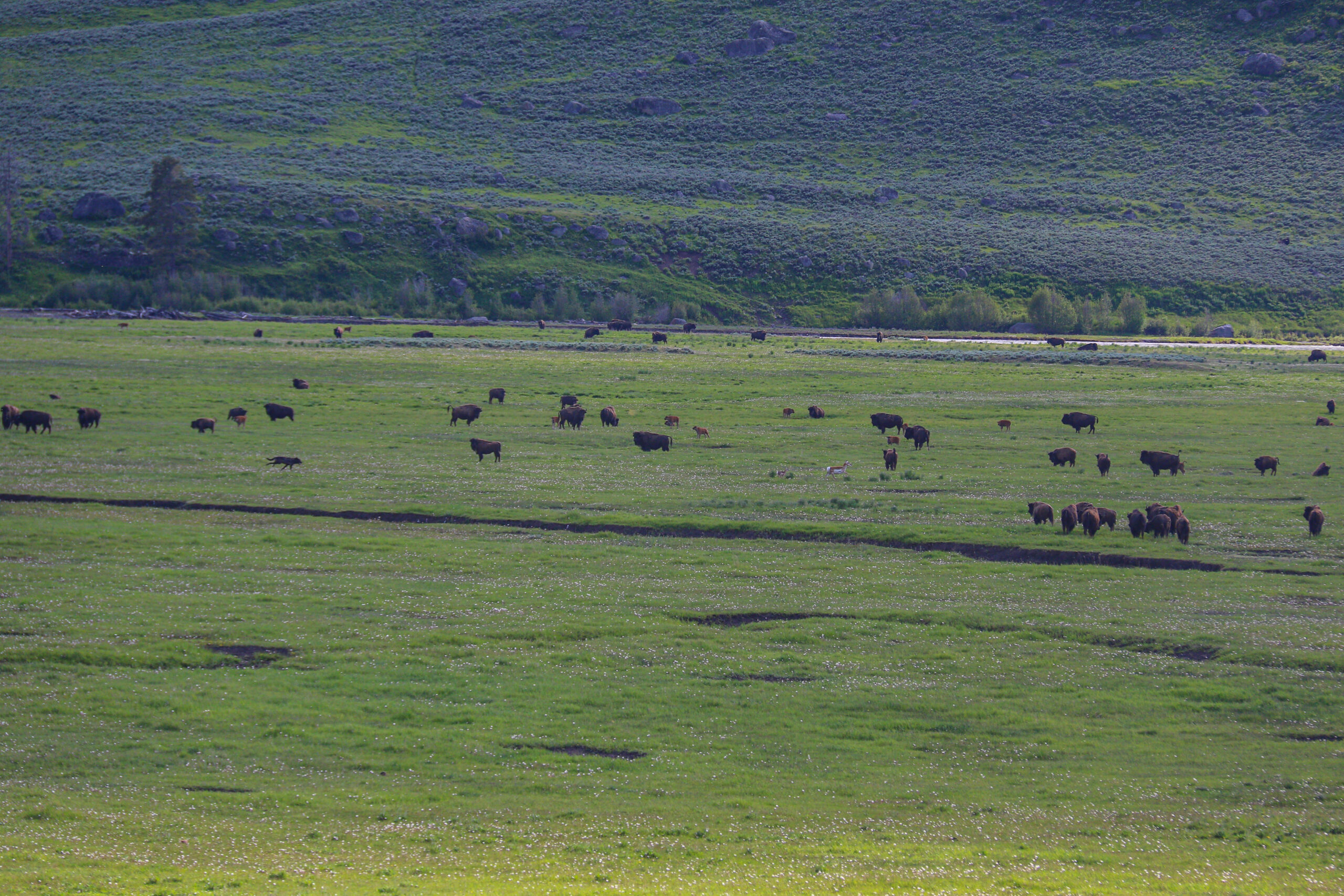The Big Four Ice Caves in the Mount Baker/Snoqualmie National Forest are one of the region’s major attractions, gaining more popularity in recent years thanks to social media sites like Instagram, and even being featured on patches as one of the Seven Wonders of Washington. With an easy 2.2 mile round trip trek along a well-maintained trail, it is easy to see why hikers of all ages and abilities flock to this unique natural destination. However, in the spring of 2015, the National Forest Service is strongly encouraging hikers to stay out of the ice caves due to reports that they are collapsing.
The Press Release reads:
US Forest Service Field Rangers assigned to the Big Four Ice Caves trail have reported that sections of the cave have collapsed, causing concern for visitors to the area.
“As we head into the busiest and warmest part of the season the cave is in its most dangerous state,” said Lead Field Ranger Matthew Riggen. “The cave is in a condition that we would normally not see until at least September – large, inviting and collapsing.”
Visitors are urged to stay on the trail, NOT to enter the cave and to take extreme caution in the area outside the caves below Big Four Mountain as well, which is prone to falling rocks and ice.
“I would ask that in addition to looking at that beautiful mountain, visitors should stop and look at that beautiful marker for a beautiful little girl,” said Search and Rescue Sgt. Danny Wikstrom, referring to 11 year-old Grace Tam who died in 2010 when a chunk of ice broke free and struck her. Tam’s family worked with the US Forest Service to install a message at the trail viewpoint to connect visitors with the Tam family’s tragedy and warn them of the dangers. “I wouldn’t want anyone else to experience that horrible loss.”
Summer-like weather the past few weekends have resulted in an increase in visitors to the Big Four Ice Caves Trail. Last Sunday, rangers counted at least 442 visitors to the trail.
The winter of 2014-15 was one of the worst snowpacks in the state’s history, and the view of the Big Four Ice Caves today is a start comparison to normal. In a typical May, the caves would be a mass of snow and ice, impenetrable thanks to a healthy winter snowfall. This may, the caves are more bare than ever, appearing as a mere skeleton compared to their normal obese self. The ice in the caves, weakened from warmer temperatures and melting ice and snow, are collapsing in on themselves.
I have previously written about how everyone should see the Big Four Ice Caves and explore them at their own risk, and we here at the Outdoor Society are strongly encouraging everyone who visits the region to stay out of the caves at all times. Please help us by encouraging others to do the same and help the Forest Service out.
For now, the Big Four Ice Caves are accessible, but do not enter them. Accidents can happen at any time, but the key to staying healthy and alive is to avoid risky areas when possible. People have died in the Big Four Ice Caves in previous years, but those years had average or above average snowpacks. This year, the region is more dangerous. For now, avoid entering the Big Four Ice Caves and stay safe in the beauty of wilderness of the Pacific Northwest.
For Updates on this story and adventures in the Pacific Northwest, Subscribe to our Newsletter.



